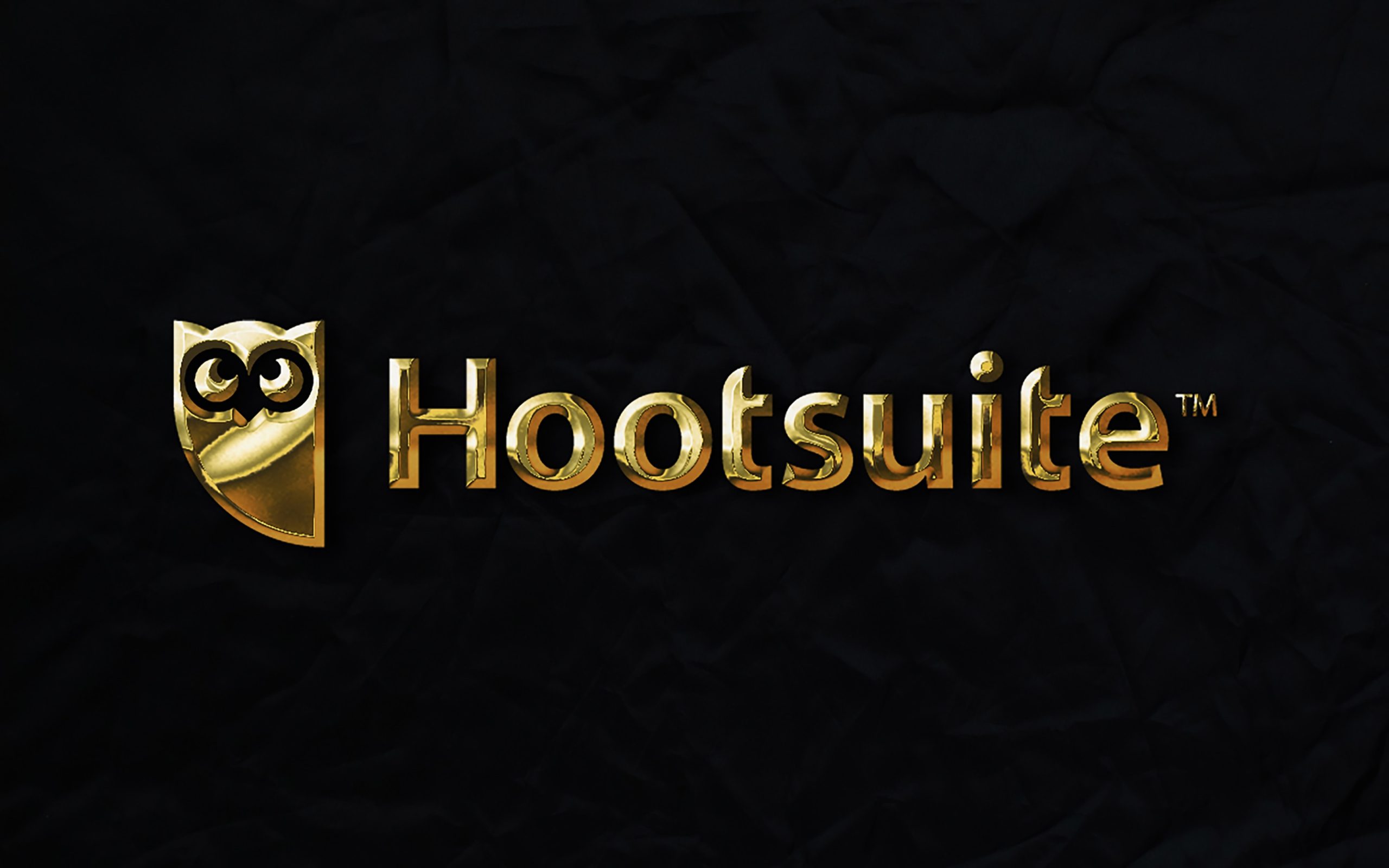The success of any marketing campaign is dependent on the quality of its media planning. To achieve the best results, it’s important to be aware of and utilize the right tools. In this article, we’ll explore six essential media planning tools that will help you ensure your campaigns are well-planned and effective. From budgeting software to research platforms, these resources have the power to make a real impact on your campaigns and guarantee their success.

Tool #1: Google Ads
Google Ads is a powerful tool that allows advertisers to reach potential customers across the web. With Google Ads, businesses can create targeted ads that appear in search results, on websites, and within mobile apps. This tool offers a variety of ad formats, including text ads, display ads, and video ads, making it easy for businesses to customize their advertising strategy to meet their unique needs.
One of the key benefits of Google Ads is its ability to target specific audiences based on demographics such as age, gender, location and interests. This means that businesses can ensure their ads are being seen by the right people at the right time. Additionally, Google Ads provides detailed analytics that allow businesses to track the performance of their campaigns and make adjustments as needed.
Overall, Google Ads is an essential tool for any business looking to expand its online presence and reach new customers. By creating targeted ads with this platform and analyzing their performance over time, businesses can drive more traffic to their website and increase sales conversions.

Tool #2: Social Media Platforms
Social media is an essential tool for any business to expand its reach and connect with its target audience. With the rise of social media platforms, it has become easier for brands to advertise their services/products without needing a massive budget. Social media platforms like Facebook, Instagram, Twitter, LinkedIn are excellent tools that can be used to reach out to potential customers through targeted advertising. These platforms allow businesses to create content that resonates with their audience while also tracking metrics such as engagement rate, click-through rate (CTR), and conversion rates.
Facebook is one of the most popular social media platforms globally and offers various targeting options making it an ideal platform for businesses looking to increase brand awareness or generate leads. Instagram’s visual nature makes it a great tool for businesses in niche industries such as fashion, beauty, food among others. Twitter is ideal for those who want real-time engagement with their audiences through hashtags and trending topics while LinkedIn is best suited for B2B companies looking to network and establish connections within specific industries.
Overall, social media platforms provide a cost-effective way for businesses of all sizes to promote themselves online. The key is identifying which platform(s) resonate best with your audience and creating targeted content that encourages engagement and drives conversions.
Tool #3: AdRoll
AdRoll is a powerful retargeting tool that helps businesses reach their target audience and increase conversions. With AdRoll, brands can create personalized ads that follow website visitors across the web, reminding them of products they’ve viewed or abandoned in their shopping carts. The platform also allows for advanced targeting options such as demographic, behavioral, and contextual targeting.
One of the key features of AdRoll is its ability to integrate with multiple advertising channels including Facebook, Instagram, Twitter, Google Ads and more. This makes it easy for businesses to launch cross-channel campaigns from a single dashboard. In addition, AdRoll provides detailed reporting on ad performance across all channels so marketers can optimize their campaigns in real-time.
Another benefit of using AdRoll is its machine learning capabilities which enable it to automatically adjust bids based on performance data. This means that businesses don’t have to manually monitor bid adjustments or worry about overspending on underperforming ads. Overall, AdRoll is an essential tool for any business looking to improve their retargeting efforts and drive more conversions from their advertising spend.

Tool #4: Bionic Advertising Systems
Bionic Advertising Systems is a powerful tool that helps media planners automate their advertising campaigns. It’s an all-in-one platform that allows users to plan, buy, and measure their ad campaigns across various channels. This tool brings efficiency to the media planning process by streamlining the campaign management process.
One of the most significant advantages of Bionic Advertising Systems is its user-friendly interface. The system makes it easy for media planners to manage multiple campaigns simultaneously without getting lost in a complicated network of data and information. In addition, this tool provides real-time analytics data which enables media planners to track campaign performance and make adjustments as needed.
Another feature that sets Bionic Advertising System apart from other tools is its ability to integrate with other systems such as AdWords, Facebook Ads Manager, and Google Analytics. This integration ensures seamless communication between platforms which ultimately drives better results for advertisers. Overall, Bionic Advertising Systems proves itself as an essential tool for any marketing team looking to streamline their advertising efforts and maximize ROI.
Tool #5: Sprout Social
Sprout Social is a comprehensive social media management platform that enables businesses to create, schedule, and publish content across multiple social media channels. With its intuitive interface and advanced features such as analytics, team collaboration tools, and CRM integration, Sprout Social streamlines the social media management process. In addition to these features, Sprout Social also provides a range of customizable reports that enable businesses to track their performance on social media platforms.
One of the key benefits of using Sprout Social is its ability to help businesses engage with their audience more effectively. The platform’s suite of listening tools allows users to monitor conversations about their brand and industry in real-time. This feature helps businesses stay up-to-date with the latest trends in their industry and identify potential opportunities for engagement. Additionally, by providing a single dashboard for all social media activity, Sprout Social makes it easy for teams to collaborate on content creation and scheduling.
Another advantage of using Sprout Social is its scalability – the platform can be customized according to the specific needs of different businesses. Whether you’re managing a small business or an enterprise-level organization with multiple brands and teams spread across different regions, Sprout Social can help you streamline your social media strategy and achieve your goals more efficiently.

Tool #6: Hootsuite
Hootsuite is a social media management tool that enables users to manage and measure their social media presence across various platforms. It allows users to monitor multiple accounts, schedule content, track analytics, and collaborate with team members. Hootsuite supports over 35 social networks, including Facebook, Twitter, Instagram, LinkedIn, YouTube and more.
One of the key features of Hootsuite is its ability to schedule posts in advance. This feature allows you to plan your content ahead of time so that you can maintain a consistent posting schedule without having to manually post each piece of content at the desired time. Additionally, Hootsuite’s analytics tools provide insights into how your social media strategy is performing by tracking metrics such as engagement rates and follower growth.
Hootsuite also offers a range of integrations with other tools such as Google Analytics and Zendesk which allow you to better track website traffic and customer support inquiries respectively. With all these features combined together in one platform makes Hootsuite an essential tool for any marketer or business owner looking to streamline their social media strategy.
Conclusion: Leverage Essential Tools
In conclusion, leveraging essential media planning tools can make a significant difference in the success of your campaigns. With the right tools, you can streamline your workflow and gain valuable insights that can help you optimize your strategies for maximum impact.
One of the most crucial tools for media planning is a reliable analytics platform. By tracking user behavior and engagement across all channels, you can identify trends and patterns that will inform future campaigns. Additionally, automation software can help reduce manual labor and increase efficiency by automating repetitive tasks such as social media posting or email marketing.
Another essential tool is a project management system to keep track of deadlines, assign tasks to team members and ensure that everyone stays on top of their responsibilities. By implementing these tools into your media planning process, you’ll be able to achieve better results with less effort while staying ahead of industry trends and emerging technologies.
